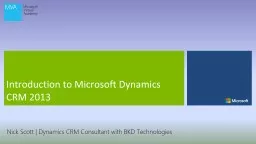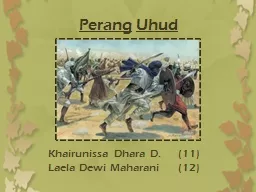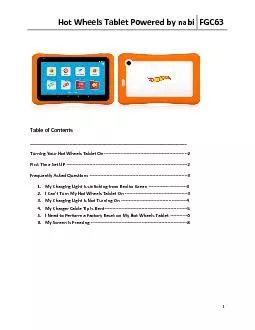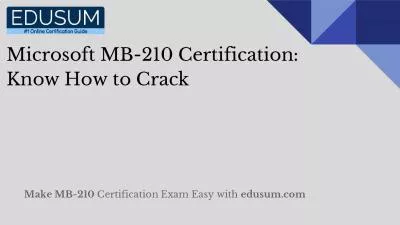PPT-Sareh Nabi University of Washington – Microsoft Dynamics
Author : Dollface | Published Date : 2022-08-02
Work started while intern at Amazon Bayesian MetaPrior Learning Using Empirical Bayes Paper in collaboration with Houssam Nassif Joseph Hong Hamed Mamani Guido
Presentation Embed Code
Download Presentation
Download Presentation The PPT/PDF document "Sareh Nabi University of Washington – ..." is the property of its rightful owner. Permission is granted to download and print the materials on this website for personal, non-commercial use only, and to display it on your personal computer provided you do not modify the materials and that you retain all copyright notices contained in the materials. By downloading content from our website, you accept the terms of this agreement.
Sareh Nabi University of Washington – Microsoft Dynamics: Transcript
Download Rules Of Document
"Sareh Nabi University of Washington – Microsoft Dynamics"The content belongs to its owner. You may download and print it for personal use, without modification, and keep all copyright notices. By downloading, you agree to these terms.
Related Documents














